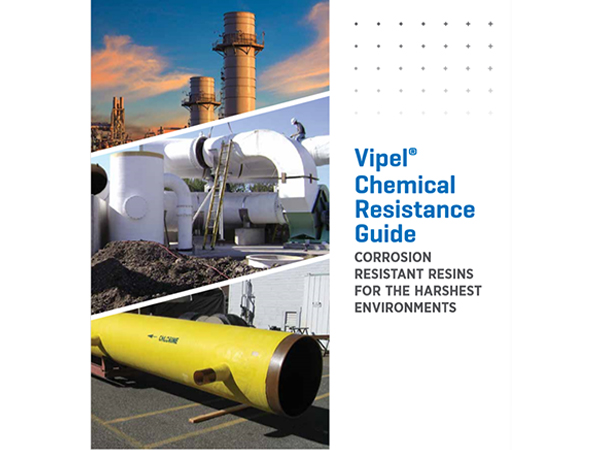
-
 Afrikaans
Afrikaans -
 Albanian
Albanian -
 Amharic
Amharic -
 Arabic
Arabic -
 Armenian
Armenian -
 Azerbaijani
Azerbaijani -
 Basque
Basque -
 Belarusian
Belarusian -
 Bengali
Bengali -
 Bosnian
Bosnian -
 Bulgarian
Bulgarian -
 Catalan
Catalan -
 Cebuano
Cebuano -
 China
China -
 China (Taiwan)
China (Taiwan) -
 Corsican
Corsican -
 Croatian
Croatian -
 Czech
Czech -
 Danish
Danish -
 Dutch
Dutch -
 English
English -
 Esperanto
Esperanto -
 Estonian
Estonian -
 Finnish
Finnish -
 French
French -
 Frisian
Frisian -
 Galician
Galician -
 Georgian
Georgian -
 German
German -
 Greek
Greek -
 Gujarati
Gujarati -
 Haitian Creole
Haitian Creole -
 hausa
hausa -
 hawaiian
hawaiian -
 Hebrew
Hebrew -
 Hindi
Hindi -
 Miao
Miao -
 Hungarian
Hungarian -
 Icelandic
Icelandic -
 igbo
igbo -
 Indonesian
Indonesian -
 irish
irish -
 Italian
Italian -
 Japanese
Japanese -
 Javanese
Javanese -
 Kannada
Kannada -
 kazakh
kazakh -
 Khmer
Khmer -
 Rwandese
Rwandese -
 Korean
Korean -
 Kurdish
Kurdish -
 Kyrgyz
Kyrgyz -
 Lao
Lao -
 Latin
Latin -
 Latvian
Latvian -
 Lithuanian
Lithuanian -
 Luxembourgish
Luxembourgish -
 Macedonian
Macedonian -
 Malgashi
Malgashi -
 Malay
Malay -
 Malayalam
Malayalam -
 Maltese
Maltese -
 Maori
Maori -
 Marathi
Marathi -
 Mongolian
Mongolian -
 Myanmar
Myanmar -
 Nepali
Nepali -
 Norwegian
Norwegian -
 Norwegian
Norwegian -
 Occitan
Occitan -
 Pashto
Pashto -
 Persian
Persian -
 Polish
Polish -
 Portuguese
Portuguese -
 Punjabi
Punjabi -
 Romanian
Romanian -
 Russian
Russian -
 Samoan
Samoan -
 Scottish Gaelic
Scottish Gaelic -
 Serbian
Serbian -
 Sesotho
Sesotho -
 Shona
Shona -
 Sindhi
Sindhi -
 Sinhala
Sinhala -
 Slovak
Slovak -
 Slovenian
Slovenian -
 Somali
Somali -
 Spanish
Spanish -
 Sundanese
Sundanese -
 Swahili
Swahili -
 Swedish
Swedish -
 Tagalog
Tagalog -
 Tajik
Tajik -
 Tamil
Tamil -
 Tatar
Tatar -
 Telugu
Telugu -
 Thai
Thai -
 Turkish
Turkish -
 Turkmen
Turkmen -
 Ukrainian
Ukrainian -
 Urdu
Urdu -
 Uighur
Uighur -
 Uzbek
Uzbek -
 Vietnamese
Vietnamese -
 Welsh
Welsh -
 Bantu
Bantu -
 Yiddish
Yiddish -
 Yoruba
Yoruba -
 Zulu
Zulu
Exploring the Applications and Benefits of GRP Grating in Various Industries and Sectors
Understanding GRP Grating An Essential Component for Safety and Durability
GRP (Glass Reinforced Plastic) grating has emerged as a favored solution in various industries due to its exceptional properties and versatility. This composite material, which combines fiberglass with a resin matrix, offers a range of favorable characteristics that make it an ideal choice for flooring and walkway applications, particularly in environments prone to corrosive elements.
One of the most significant advantages of GRP grating is its resistance to corrosion. Unlike traditional metal gratings, which are susceptible to rust and degradation in harsh conditions, GRP grating maintains its structural integrity in the presence of chemicals, moisture, and extreme temperatures. This characteristic makes GRP an invaluable asset in industries such as chemical processing, wastewater treatment, and food production, where exposure to aggressive substances is common.
Understanding GRP Grating An Essential Component for Safety and Durability
Another important feature of GRP grating is its slip resistance, which is crucial for ensuring safety in workplaces. Many manufacturers offer grating with textured surfaces designed to provide optimal traction, even in wet or oily conditions. This slip-resistant property helps prevent accidents, thereby protecting workers and minimizing liability for employers.
grp grating

Additionally, GRP grating is available in various designs and colors, allowing for customization to meet specific project needs. Its adaptability extends to different sizes and load-bearing capacities, making it versatile enough to suit a wide array of applications, from small residential projects to large industrial installations.
In terms of maintenance, GRP grating requires minimal upkeep. Unlike wood, which can warp or rot, and metal, which may require regular painting and treatment against corrosion, GRP is easy to clean and does not need frequent maintenance. A simple wash with water and mild detergent is often sufficient to keep it in good condition, making it a cost-effective option over time.
Furthermore, GRP grating is environmentally friendly. Many manufacturers produce GRP using recyclable materials, and the durability of the product contributes to a longer lifecycle, reducing wastage. This sustainability aspect makes it an appealing choice for businesses looking to minimize their environmental footprint.
As construction and engineering industries continue to innovate, GRP grating is likely to play an increasingly pivotal role. Its combination of durability, safety, and versatility makes it a key player in modern infrastructure projects. Whether used in platforms, walkways, or drainage covers, GRP grating meets the challenges of diverse environments head-on, demonstrating its capacity to adapt and perform consistently.
In conclusion, GRP grating stands out as a superior choice for various applications due to its corrosion resistance, strength, slip resistance, aesthetic options, low maintenance requirements, and environmental benefits. As industries evolve and the demand for safer, more durable materials grows, GRP grating will undoubtedly continue to be a critical component in enhancing both safety and efficiency in countless settings. By investing in this advanced material, companies can enhance operational performance while ensuring the safety of their workforce, culminating in a win-win situation for all stakeholders involved.
Latest news
-
Oblate Tanks: Space-Saving, Durable Liquid Storage SolutionsNewsAug.27,2025
-
High-Performance Piping System Solutions for Industry & Commercial UseNewsAug.26,2025
-
Precision Fittings: Durable & Reliable Industrial & Plumbing SolutionsNewsAug.25,2025
-
Practical Steps: Unlock Success with Our Proven GuidesNewsAug.24,2025
-
Transport Tanks: Safe, Durable & Efficient Liquid HaulingNewsAug.23,2025
-
High-Quality Piping Systems for Efficient Flow & DurabilityNewsAug.22,2025









